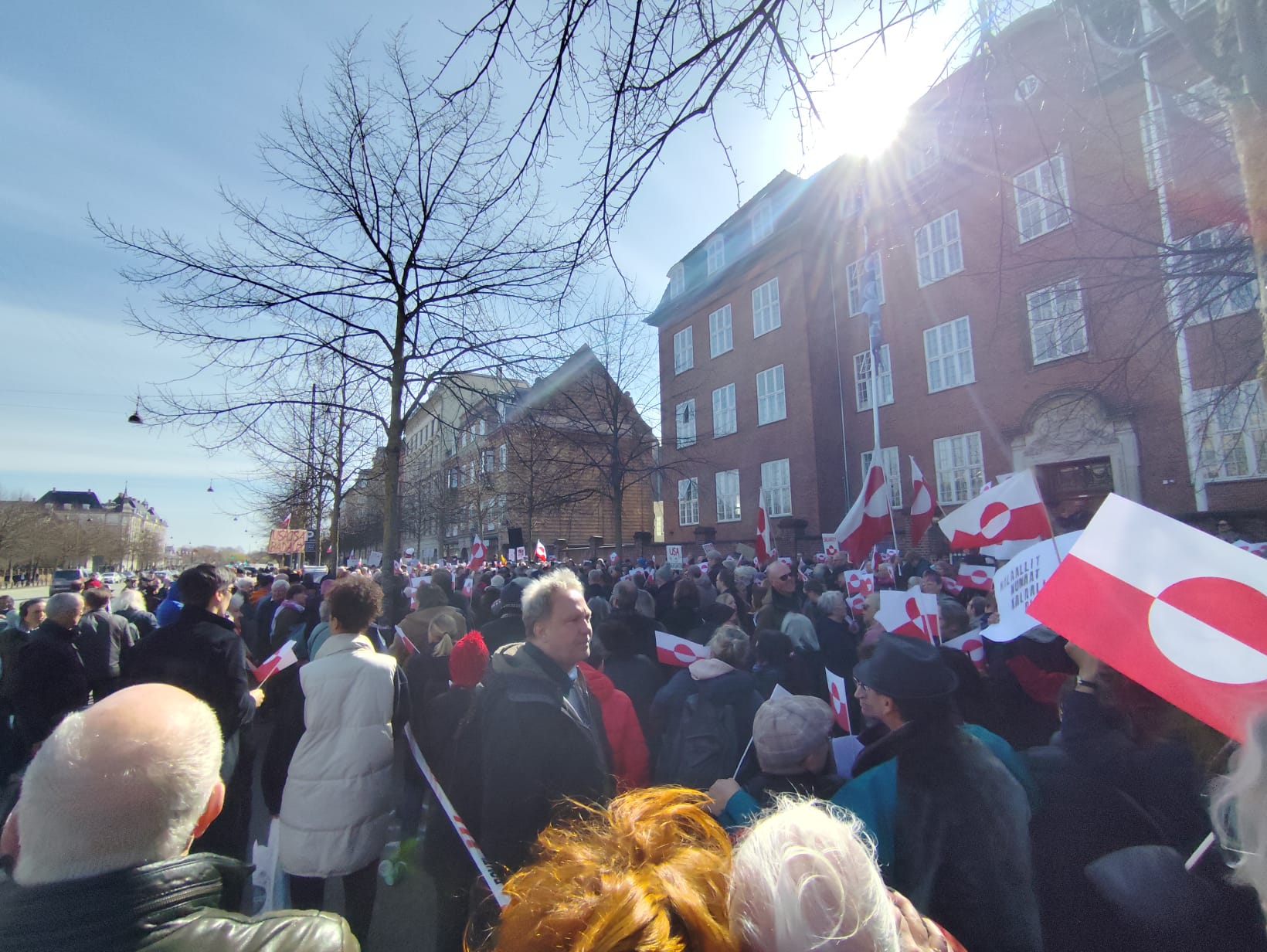Following weeks of campaigning, the 2021 local and regional elections finally reached a climax last night.
As the votes trickled in from Denmark’s 98 municipalities, a picture quickly started to emerge of who the winners and losers of the election were.
Ki(c)king butt nationwide
The undisputed winners were Konservative. Compared to 2017, the party improved in a whopping 92 of the 98 municipalities, and by over 10 percent in 15 of those municipalities.
Konservative’s uptick was at 6.4 percent nationwide and, with 90 percent of the mayors unveiled so far, the party has already gone from eight mayors in 2017 to 12 so far in 2021.
The party stated that it was its best local election in 36 years.
Big guns fade
Meanwhile, the story was starkly different for big parties Venstre and Socialdemokratiet.
Socialdemokratiet got the most votes overall (28.5 percent), but that was a 3.9 percent decrease compared to 2017 and the party lost ground in 70 municipalities.
PM Mette Frederiksen’s party secured 47 mayors four years ago – a figure that has dropped to 38 with just 9 mayoral positions left to be decided.
Blue Bloc leaders Venstre also suffered, sustaining a 1.9 percentage point fall compared to 2017. However, the party has landed 35 mayors so far, so just one fewer than four years ago.
DF left in limbo
Things are really looking dour for Dansk Folkeparti, which endured an absolutely abysmal election across the board.
DF saw a decline in all 98 municipalities and went from securing 8.8 percent of votes nationwide in 2017 to just 4.1 percent last night.
The disastrous election has prompted party head Kristian Thulesen Dahl to call for a complete revamp of the party – including his position.
DF’s misery would appear to be Nye Borgerlige’s gain, with the right-wing party snatching up 3.6 percent of the votes – an improvement of 2.7 percentage points compared to 2017.
Other parties that performed better than four years ago were Socialistisk Folkeparti (up 1.9 percentage points), Enhedslisten (+1.4), Radikale (+1) and Kristendemokraterne (+0.3).
Big drama in CPH
There was plenty of drama in Copenhagen late last night with the capital getting a new mayor and witnessing the end of an era at the same time.
The good news for Socialdemokratiet is that they retain the mayor’s chair once again with Sophie Hæstorp Andersen.
The bad news is that the party was ousted as the most popular in the capital for the first time in over a century.
Enhedslisten, which also won in Bornholm, got 24.6 percent of the vote, while Socialdemokratiet took a heavy 10.3 percentage point decline to land on 17.3 percent.
The trend for Socialdemokraterne was similar in Odense, Aarhus and Aalborg – the party took a big hit among voters but managed to keep a hold on the mayor’s chair.
In neighbouring Frederiksberg there was also a historic change of the guard as Konservative lost its mayoral position for the first time in 112 years.
Konservative did well themselves, but were unable to secure a Blue Bloc majority – something that the Red Bloc was able to do.
Low voter turnout
No doubt the pandemic has made an impact, but voter turnout ended up at 67.2 percent, the third-lowest total in 100 years, just ahead of elections in 2009 and 1974.
Nine of the ten municipalities with the lowest turnouts were in the capital area.
Check out who got the mayoral nod in your municipality.
Finally, the regional elections also took place and yielded the following results in Denmark’s five regions.
Zealand: Heino Knudsen (Socialdemokratiet)
Capital: Lars Gaardhøj (Socialdemokratiet)
Mid Jutland: Anders Kühnau (Socialdemokratiet)
Southern Denmark: Stephanie Lose (Venstre)
North Jutland: Mads Duedahl (Venstre)














